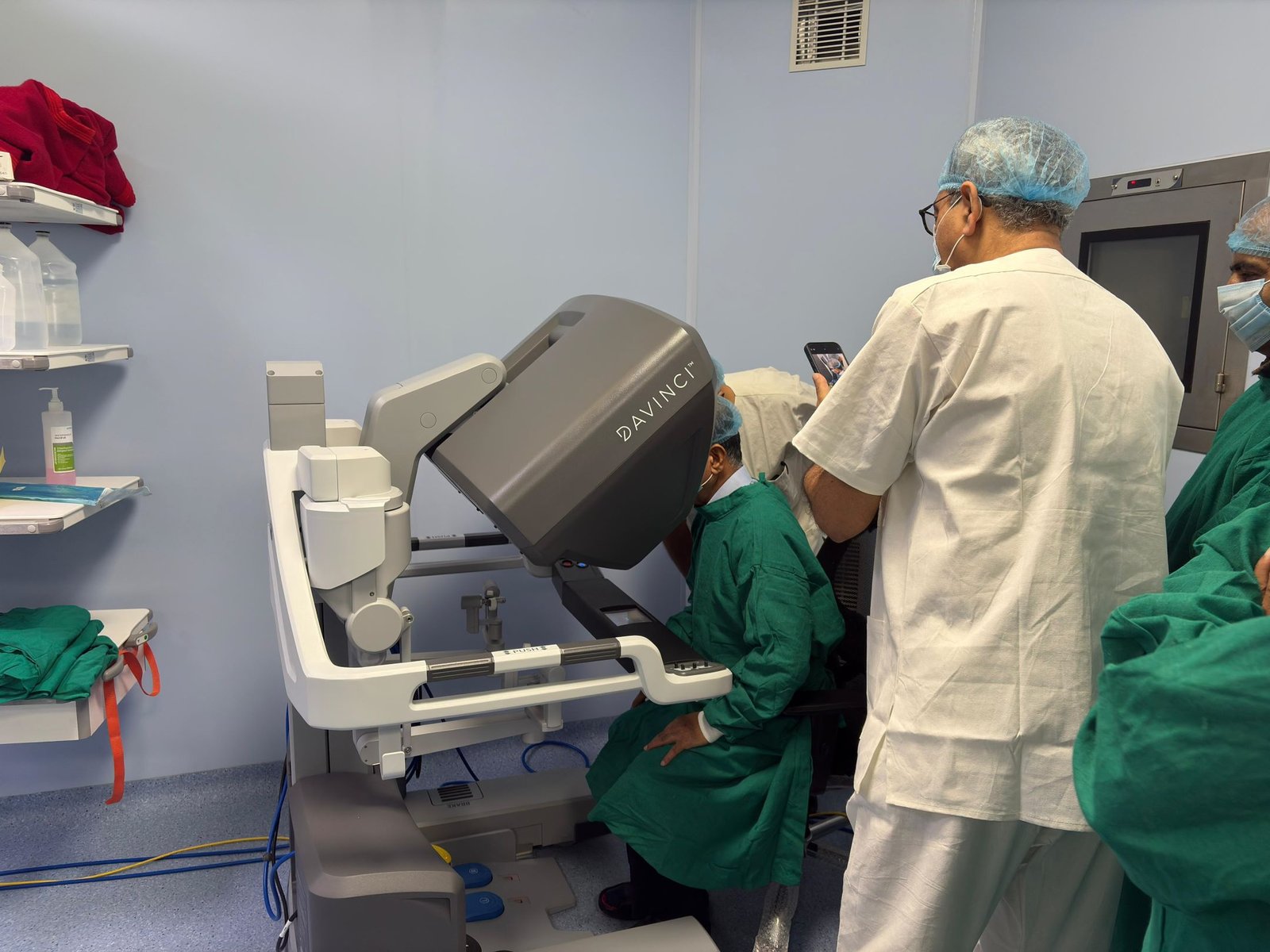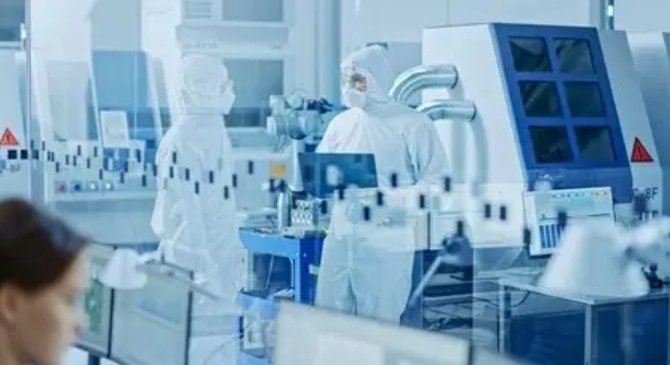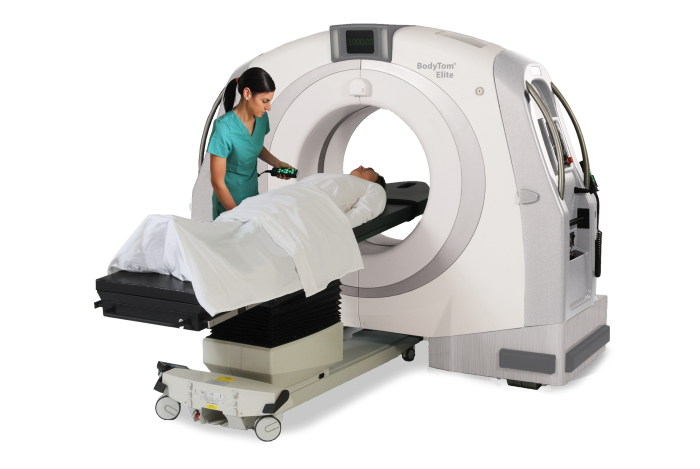Triumph of high precision parallel bioreactors over conventional systems in process monitoring and optimization
May 13, 2016 | Friday | Views | By BioSpectrum Bureau
Triumph of high precision parallel bioreactors over conventional systems in process monitoring and optimization
Dr D. Muruganand, vice-president, Marketing, Eppendorf India
The Biopharma industry is growing steadily at a significant pace and so are their investments in research and development. Investment in biologics like vaccine, biosimilars, novel biopharmaceuticals, cell and gene based therapeutic products are seeing a never before trend. The stakeholders, both scientists and investors are looking forward to shorter timeframes in getting the results and the product of interest launched in the market respectively. As these processes involve cell culture or microbial fermentation, the need for dedicated mini-bioreactor systems for process development and critical parameter optimizations in low volume ranges are certainly creating interest compared to the conventional fermenters and bioreactors. With time being very critical, the single use vessels are also gaining more attention over autoclavable formats among the Biopharma users.
From Conventional shake flasks to Parallel Bioreactors:
While initial bioprocess development involving microbial or cell culture involves several steps like cell line optimization, clone selection, screening for media and feed components along with other process conditions, conventional Shake flasks are still used for optimizing these early steps. Though widely used, Shake flask formats only allow identifying temperature, ambient gas mix and agitation rates but pose limitation upon reaching scalable levels with respect to the industry standard monitoring and control requirements. Critical process parameters like pH, dissolved oxygen (DO), gas flow rates and feed schedules of media components are beyond the capabilities of shake flask format. Moreover equipment used for screening or optimization in the earlier steps should mimic the physical and mechanical characteristics of production-scale reactors to the greatest degree possible, to ensure consistency throughout development phases. The parallel bioreactor system provides all essential features in a compact and comprehensive design with flexibility to optimize and understand parameters that influence growth kinetics, productivity, product quality and stability.
Parallel bioreactors over the Micro / Mini bioreactor systems:
Though micro and mini bioreactor systems address the basic needs of media selection and optimizations they still do not support when it comes to scalable proportions and concerns over unconventional formats are not uncommon. Lower volume by itself seems to limit for applications where the processes requirements are not flexible. Feed rates, sampling volumes to mention a few could be mandatory in these critical steps of characterization or optimization. Hence selection of an ideal system for lower volumes is no different from the standard volumes when it comes to the expectations of the process outcome.
Expectations in a parallel bioreactor system:
With more manufacturers getting in to this space the expectations also grow high from the user end. Hence the demand for compact, comprehensive and flexible system to adapt to present and future needs is on the cards. While deciding the number of vessels the primary requirement starts with a compact and less space occupying system. But when coming to the process needs features like flexibility for upgrades to enhance or extend the configuration to meet evolving needs, minimum level of scalability in working volumes to establish proof of concepts, possibility for seamless integration to downstream equipment are certainly the priorities. Above all a simple and user friendly Supervisory control and data acquisition (SCADA) software convenient for data acquisition, monitoring and processing becomes mandatory.
DASGIP Parallel Bioreactors from Eppendorf:
DASGIP parallel bioreactor systems for Microbial or Cell Culture applications from Eppendorf combine the advantages of small working volumes with the full functionality of industrial bioreactors. The modular design allows expanding the system capabilities in 4,8,12 or 16 parallel vessels format controlled by single operating system. The vessels are the industry standard stirred tank reactors with different workings volumes ranging from 60 mL to 3.8 L.
The modular system provides the flexibility to configure to the needs of user with respect to number of pumps, gases and their flow rates. The availability of single use vessels of different volumes have provided users the flexibility to choose between autoclavable and single use vessels in both microbial and cell culture applications.
DASBOX parallel mini bioreactor system for microbial or cell culture has the option to use a dedicated vessel volume with working volume ranging from 60-250 mL. These systems are also designed to operate in modules of 4, 8, 12 or more vessels. With both autoclavable and single use vessel formats available, the user has the choice to select. Availability of Photosynthetic light module can make it a convenient choice for users working either with plant cells or for Biofuel.
Both DASGIP and DASBOX systems can be calibrated in parallel for pumps and sensors making the vessels perform as replicates. Though designed for parallel reactions, these can also be controlled independently for maintaining completely different parameters.
DASGIP control software allows parallel monitoring, data capture with online analysis options. Combined with other software options, the system can be integrated with third party equipment like metabolite analyzer, Raman spectrometer etc. The DASware software platform provides larger integration and analysis flexibilities like Design of Experiment (DoE), remote monitoring and controlling, communicating with third party OPC compliant systems and more. Along with the New Brunswick Fermenters and Bioreactors to complement from the Eppendorf Bioprocess portfolio, the scale up process can be continued from parallel process through bench, pilot and production levels.










